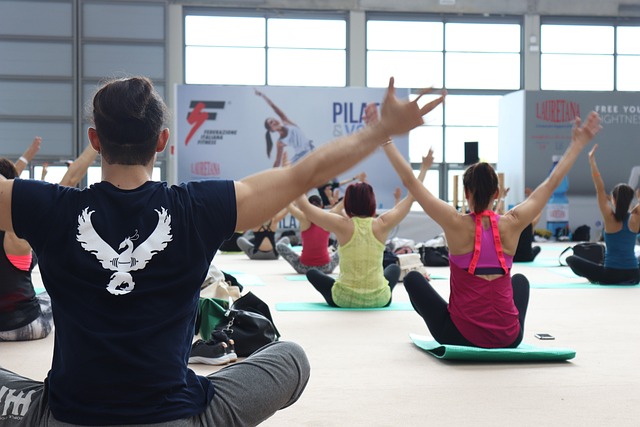The Silent Threat of Prolonged Sitting
Imagine this: You’re on a long-haul flight, scrolling through your phone, watching movies, or maybe catching up on some work. Hours pass, and you barely move except to shift in your seat. It seems harmless, right? But what if that simple act of sitting for too long could put your life at risk?
For many, prolonged sitting is an unavoidable part of daily life—whether it’s due to work, travel, or lifestyle habits. But what most people don’t realize is that staying immobile for extended periods can lead to a deadly condition known as Deep Vein Thrombosis (DVT)—a condition that, if left untreated, can turn into a pulmonary embolism (PE) and become fatal.
What Is Deep Vein Thrombosis (DVT)?
DVT occurs when a blood clot forms in a deep vein, typically in the legs. While it may start as a minor discomfort, if the clot breaks loose and travels to the lungs, it can cause a pulmonary embolism—a blockage in the arteries of the lungs that can be life-threatening.
The scariest part? Many people with DVT don’t even realize they have it until it becomes a medical emergency.
The Alarming Statistics
- Every year, 900,000 people in the U.S. are affected by DVT and pulmonary embolism (CDC).
- Up to 100,000 deaths occur annually due to complications from these conditions.
- One in four people who experience a pulmonary embolism die suddenly without prior symptoms.
- Prolonged sitting—like during a long flight or office work—increases the risk of DVT by up to 70% (World Thrombosis Day).
These numbers highlight a critical issue: DVT is not rare and can happen to anyone.
Symptoms of DVT You Should Never Ignore
DVT symptoms can be subtle, making it easy to dismiss them as muscle cramps or fatigue. Here’s what to watch for:





If a clot travels to the lungs, symptoms of a pulmonary embolism can include:





These symptoms require immediate medical attention, as a pulmonary embolism can be fatal within hours.
Why Prolonged Sitting Increases the Risk of DVT
Sitting for extended periods—whether on a long-haul flight, at your desk, or even binge-watching TV—can slow blood circulation in the legs. This increases the likelihood of clot formation.
The Science Behind It
When you sit for too long:
- Blood flow slows down, particularly in the lower legs.
- Lack of movement reduces the natural muscle contractions that help push blood back to the heart.
- The pooling of blood increases the risk of clot formation.
This condition has even been referred to as “Economy Class Syndrome,” though the risk isn’t limited to just air travel. Office workers, drivers, and individuals with sedentary lifestyles are just as vulnerable.
Who Is Most at Risk?
While DVT can happen to anyone, certain factors increase the risk:








How to Reduce Your Risk of DVT
The good news? DVT is preventable. Here’s how you can reduce your risk:
1. Move Regularly


2. Stay Hydrated


3. Wear Compression Stockings

4. Maintain a Healthy Weight and Lifestyle


5. Be Aware of Medications and Medical History

DVT Treatment: What Happens If You Get Diagnosed?
If diagnosed early, DVT can be treated effectively with:




Delaying treatment can lead to chronic pain, swelling, and long-term complications known as post-thrombotic syndrome. That’s why early detection is critical.
Final Thoughts: Don’t Ignore the Warning Signs
DVT isn’t just a condition for the elderly or the seriously ill—it can affect anyone. Prolonged sitting, whether on a flight, at a desk, or during recovery from surgery, significantly increases the risk.
But by recognizing the symptoms, taking preventive measures, and making small lifestyle changes, you can protect yourself and those around you from this silent threat.





